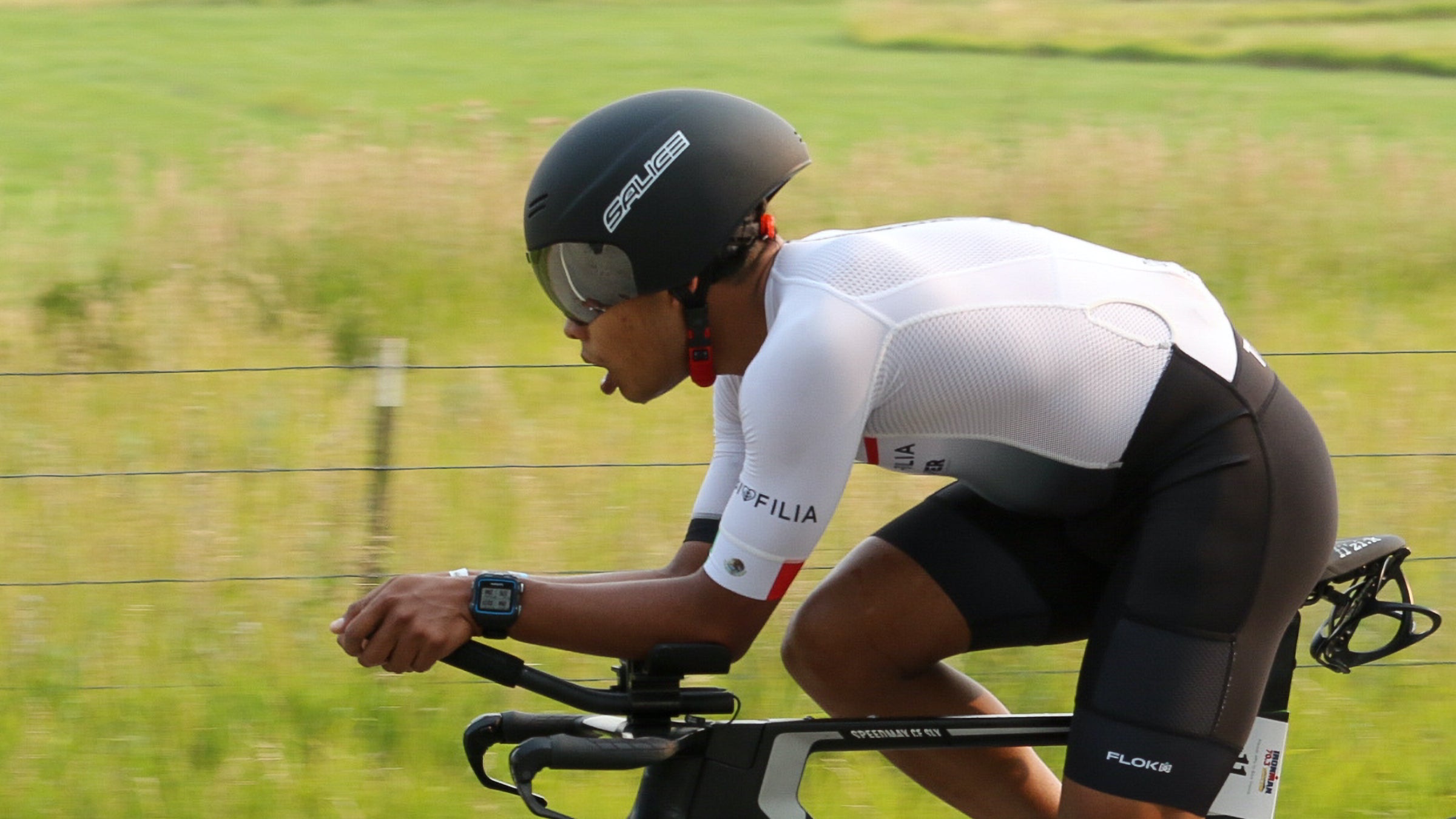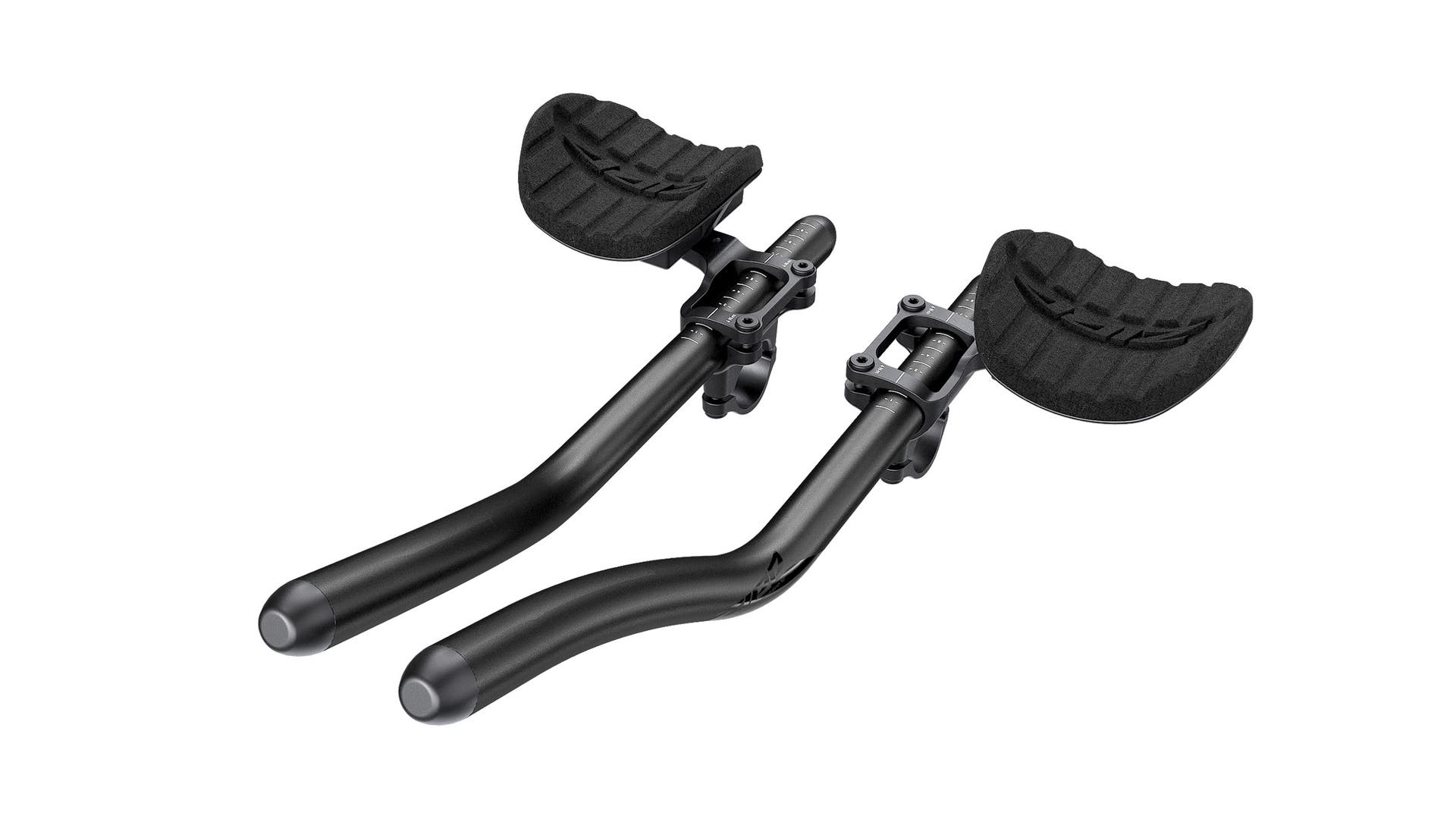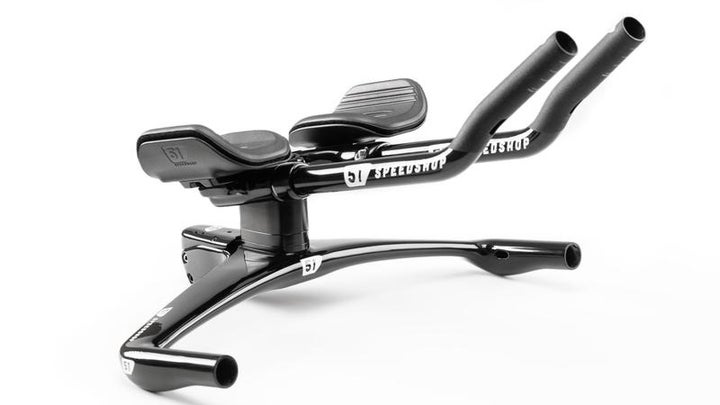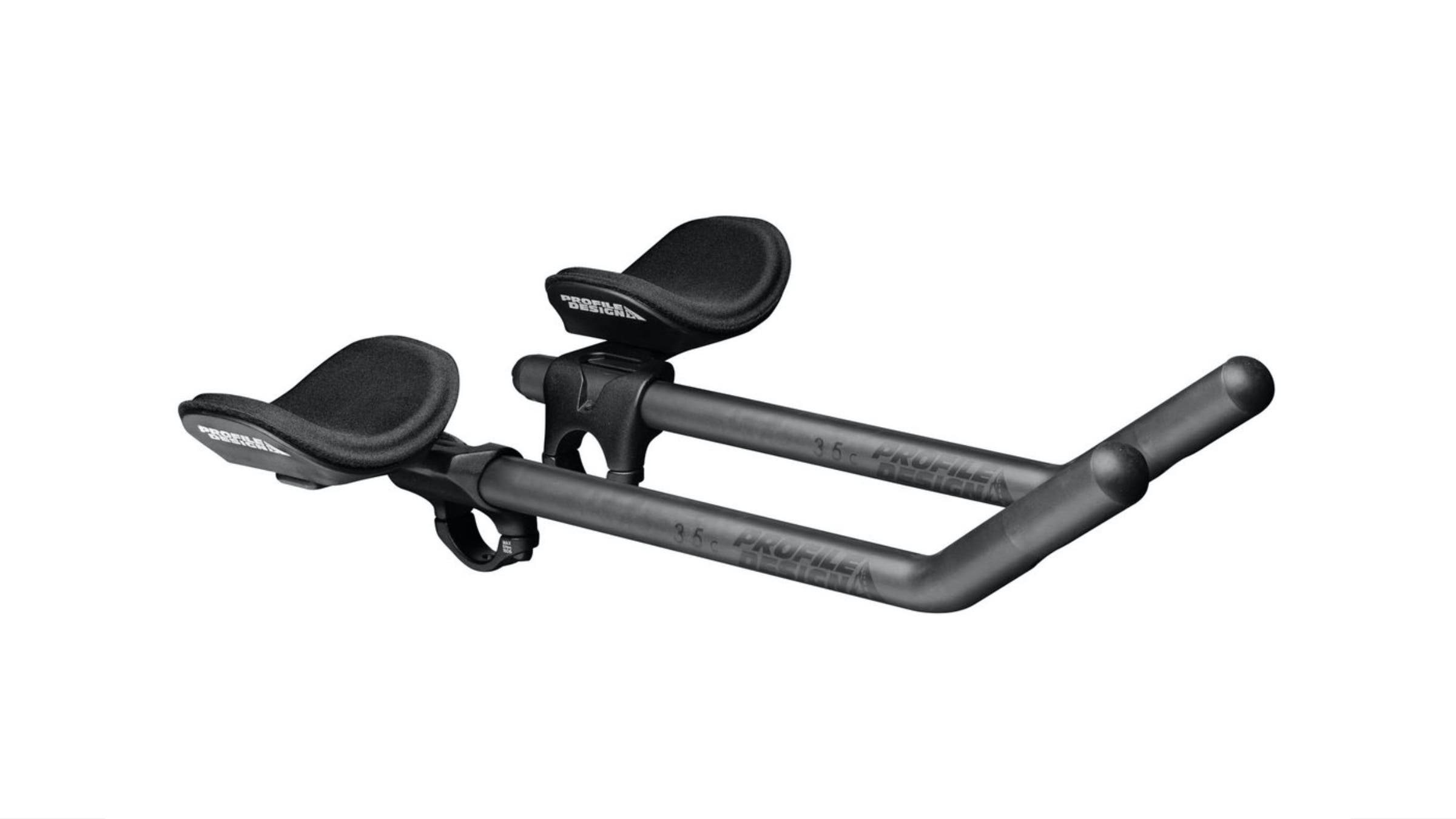If you buy through our links, we may earn an affiliate commission. This supports our mission to get more people active and outside.Learn about Outside Online's affiliate link policy
Ask a Gear Guru: How Do I Get Comfortable in the Aero Position?

(Photo: Hannah Dewitt)
Going from an upright road bike to an aerodynamic tri bike takes some getting used to. So does lowering your bars or getting back into the swing of your tri bike. To to help speed up the process, we gathered six tips from a few coaches who have helped athletes feel right at home in their aerobars. Below that, we’ve also collected a few of our favorite (read: most adjustable) aero bars.
1. Get A Good Bike Fit
Whether you’re buying a new tri bike or putting aerobars on your road bike, you need a professional’s expertise. Just don’t force yourself into an overly aggressive aero position. “You’re doing yourself a disservice if you sacrifice power for aerodynamics,” said New York City coach Jonathan Cane of City Coach Multisport. “Similarly, if you sacrifice comfort for the sake of speed, you’ll pay the price on the run.”
RELATED: Bike Fitting Is Getting Techier
2. Assess Your Body Shape
“If there’s a little excess mass in your gut, it’s going to inhibit your ability to comfortably ride in aero position,” Cane said. “If you’re in the process of getting down to your ‘fighting weight,’ begin with a few extra spacers below your stem and then remove them as you progress.”
3. Ease Yourself In On A Trainer
While riding indoors, fold up a thick towel on top of your aerobar pads, suggested coach Jared Gell of Competitive Instinct Multisport. Do a progressive “drop” by gradually unfold the towel over several rides to inch closer to the actual position.
RELATED: Critique My Fit: Shoulder Issues and More
4. Start with Aero Intervals
Scott Fliegelman suggests breaking up your aero time into manageable chunks such as 4 mins in/1 min out, and building from there. Ride four minutes “on the gas” in the aerobars, then back off for a minute and sit upright to stretch your back and give your backside a break. Continue the pattern and increase your aero time.
5. Use The Terrain As A Guide
Use the uphills to spin while maintaining position, which will allow you to adapt to various cadences and pressures. “Sustained uphills of a moderate grade will teach you to keep the position when fatigue starts setting in,” Gell said. “This is the best way to build core, gluteus, and quadricep strength needed to ride aero while on extended flat sections.”
RELATED: One-Hour Workout: Big Gear Bike Reps
6. Build Core And Upper Body Strength
If you have a weak core or upper body, you’re more likely to break position and fatigue more easily. Planks are a perfect core exercise for athletes who have trouble holding aero.
RELATED: Maximize The Strength and Flexibility Needed to Stay Aero
Some Of Our Favorite Aerobar Setups
Not all aerobars are created equal: Today there are more options than ever to get something that’s not only fast and lightweight, but also adjustable to your body’s position on the bike. When looking for a pair of aerobars, you’ll be looking at either an integrated set for a tri/tt bike that’ll replace your entire front end (including the base bars) or a set of clip-ons that’ll either replace just your existing aerobar setup or you can add to your road bike setup. Just be sure you’re getting something that will fit your position now and as it evolves over time.
RELATED: 2021 Triathlete Aerobar Buyer’s Guide
Zipp Vuka Clip with Alumina Evo Extensions
$140, zipp.com

Zipp worked closely with top bike fitters when designing these aerobars. The result is a fit-focused bar with a wide range of adjustability that can be mounted above or below the handlebar. The extensions are available with either a 70mm or 110mm rise, and feature a S-bend shape that rolls 20mm inward to improve wrist comfort.
– Geoffrey Nenninger
51 SpeedShop Mono Riser Aerobar
$1,000 without extensions, $1,180 with extensions, 51-Speedshop.com

The arm cups provided with these bars are among the best aftermarket aerobar pads and can be adjusted in width to fit the widest of shoulders, using an interchangeable bracket system and the various holes drilled within the pad. However, this bar requires a little bit of care and attention to detail when being assembled, it is worth spending a few moments figuring out the appropriate screws to choose from the included screw kit.
– Jonathan Blyer
Profile Design Supersonic Ergo 35c
$280, profile-design.com

The Sonic Ergo 35c is a carbon clip-on aerobar setup version that uses Profile Design’s new Sonic bracket—in order to maintain the brand’s well-known level of adjustability while keeping aerodynamics at the forefront. The bars use a 400mm long (can be cut) 35-degree ski-bend extension. The armrests can go as low as 60mm up to 140mm (with an aftermarket riser kit). Be warned, if you’re looking to go ultra low, this might not be the setup for you.
RELATED: Ask A Gear Guru: How Much Slower Are Clip On Aero Bars?